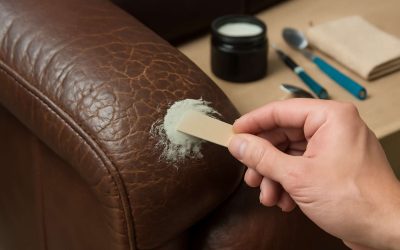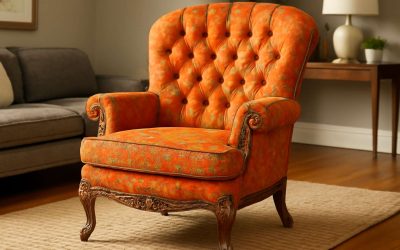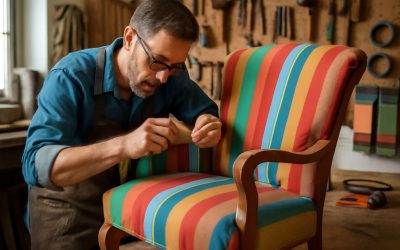
Many wood furniture pieces, including antiques, can be restored to look as good as new. However, if you want to make sure that the work is done correctly, it’s always best to hire a professional.
Before you begin a furniture restoration project, you need to consider the amount of damage it has sustained and whether or not it needs to be repaired at all. Doing so can help you keep costs down and keep the furniture looking its best for longer.
Water-damaged or mold-damaged wooden furniture is a common problem that can be difficult to restore, especially in a home with a history of flooding. This is because the moisture in the water can swell and rot the wood fibres, making the furniture more brittle and weakening it.
Restoring wood that has been damaged by water or by mold can be challenging and costly, so it’s important to assess the damage first. Then you need to decide what needs to be fixed and what can be replaced with cheaper, more durable alternatives.
If your wood has suffered light damage, it’s possible to clean it using a mixture of ammonia and water. This can be applied to the surface of the wood and left to dry. After the surface has dried, a wax polish can be applied to make it shine.
You’ll also need a good sanding pad and some coarse grit sandpaper, as well as a few putty knives and 0000 steel wool. You’ll also need liquid stripping gel, which can be used to remove paint and other finishes from wooden surfaces.
Before sanding, wipe down the piece to remove dirt and dust. Next, apply a stripper and follow the grain of the wood to remove any existing paint or stain. Be sure to wear protective gloves, and check the label carefully to ensure that the chemical you use is compatible with the finish on your piece of wood.
Once the stripper has been applied, let it sit for about 20 minutes. Then, rinse off the stripper and wipe away any residues. If you’re unsure, contact your local furniture store to ask about their recommendation for the right stripping product for the job.
When you’re finished, the entire piece of furniture should be smooth and shiny. This will allow the new stains or paints to stick better and provide a more uniform look. It’s also a good idea to apply a coat of varnish or shellac, which will protect the surface and help prevent future damage. A high-quality coating can also add to the value of your piece, and it will likely last for years to come.



0 Comments